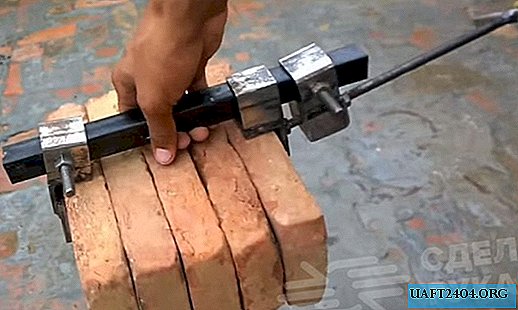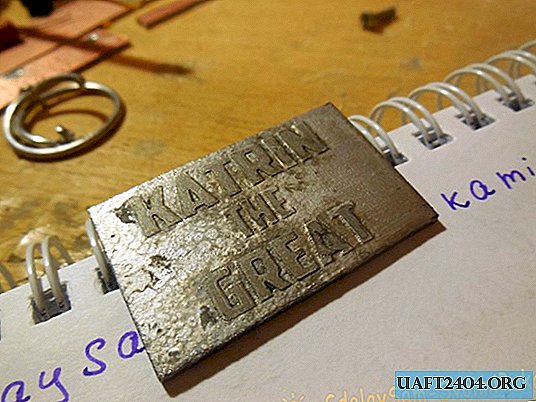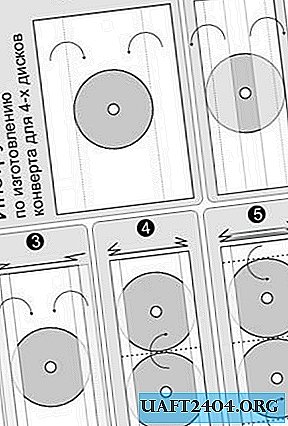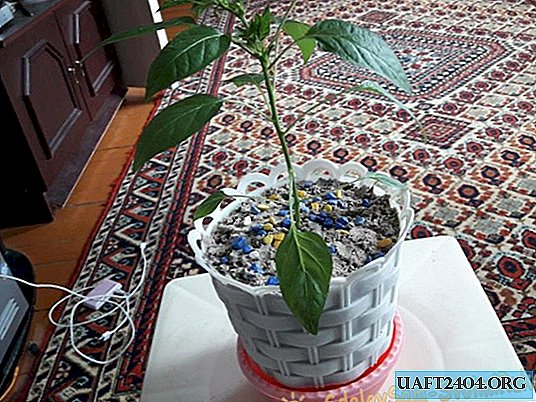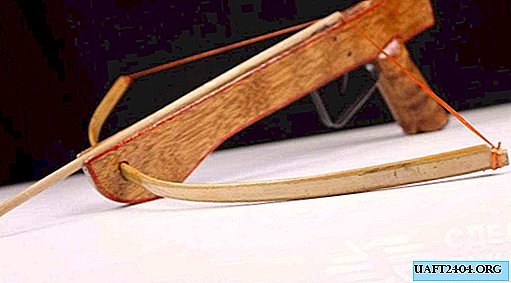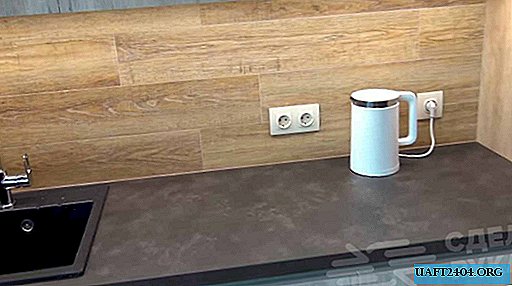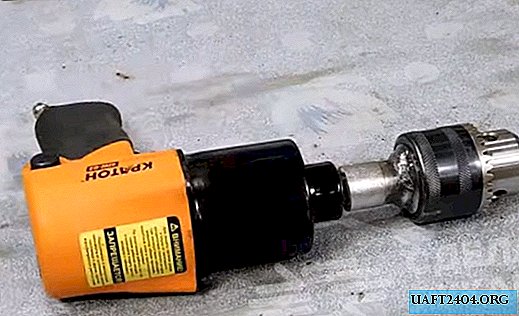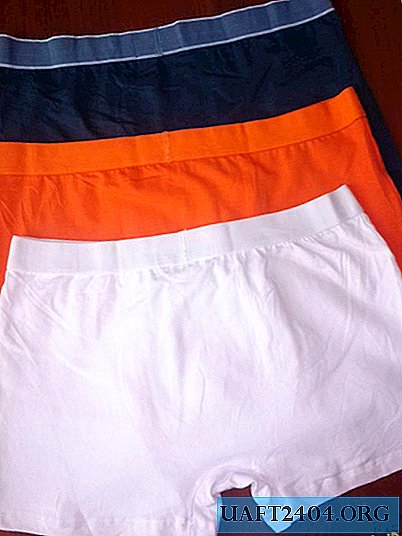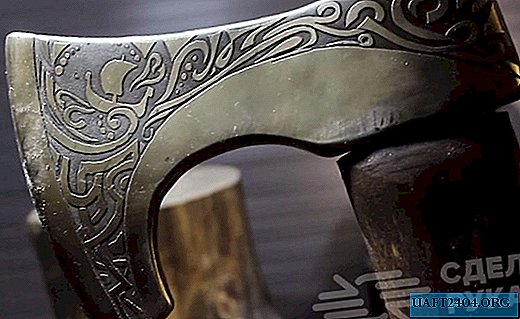
To make such an exclusive ax, you will need to try, but the end result is worth it - in the end you will get a stylish decorative decoration "with history", made by yourself, which will decorate your workshop or private home. Or you can give such a luxurious present to a friend. This gift will definitely be appreciated.
Manufacturing process
First of all, you need to give the ax the desired shape by cutting out a characteristic recess with a grinder with a cutting wheel. Then this place needs to be well sanded to give the ax contour the correct shape.
Since it is not always convenient to get a grinder everywhere, you need to work a little more with the usual round metal file. Next, we cut off part of the ax butt, after which we well protect the entire surface with a grinder, removing irregularities.

At the next stage, the ax must be coated with an anti-corrosion coating - for this you need a brass brush for an electric drill and a gas burner. Next, you need to prepare the surface of the ax for further processing: paint, and then apply the picture. This can be done in two ways: manually or using computer graphics and cutting stickers on the CNC.
Etching process
For high-quality etching, the ax will require a saturated saline solution, as well as a current source (power supply). The positive terminal must be fixed on the ax, and the negative terminal on the additional electrode. Moreover, for a more uniform etching, the areas of the part itself and the electrode should be the same.

While the etching process is active, you can do the ax processing - on its surface you will also need to draw a characteristic pattern so that it harmoniously blends with the pattern on the ax. Next, you will need to make indentations with the help of a boron machine - so to speak, outline the contour lines, after which, using the nozzle with an emery cloth, round the whole picture.
You can see the detailed process of manufacturing a Viking ax in the video on our website.

